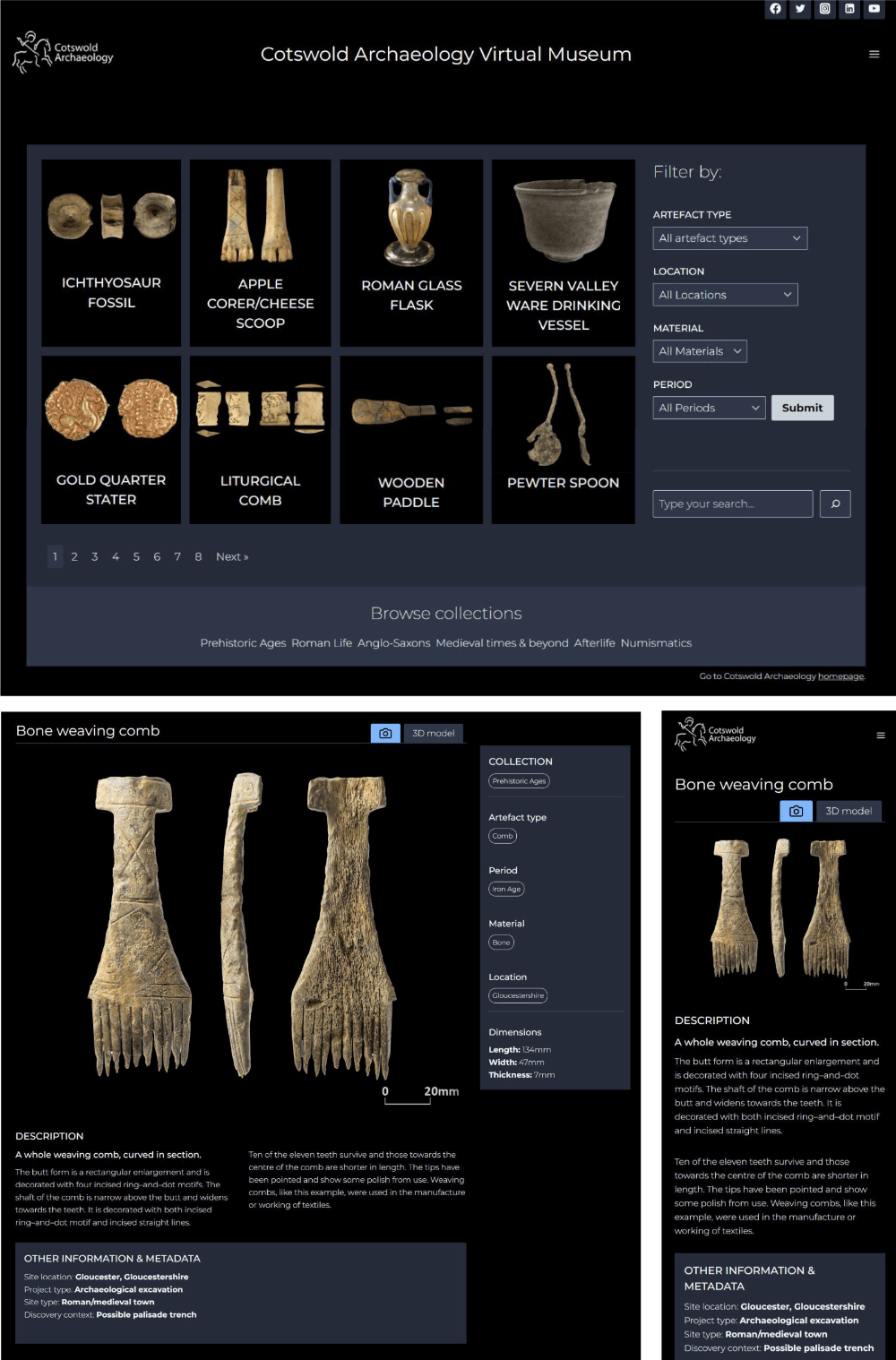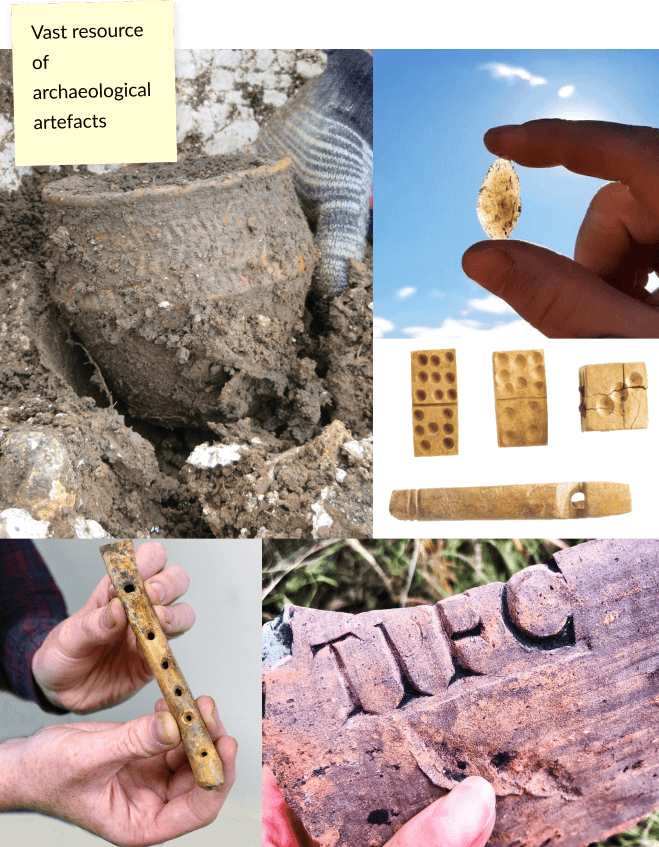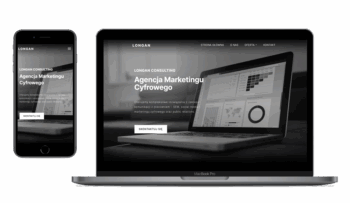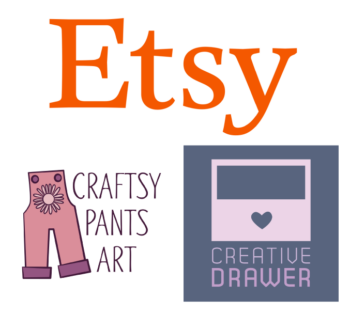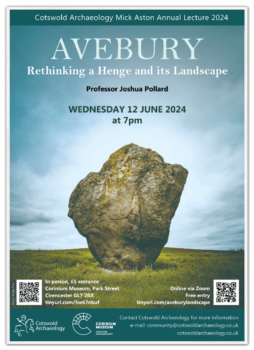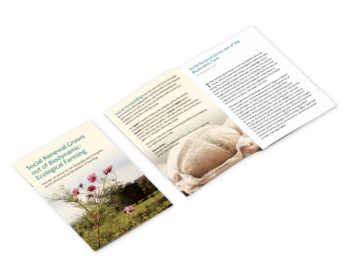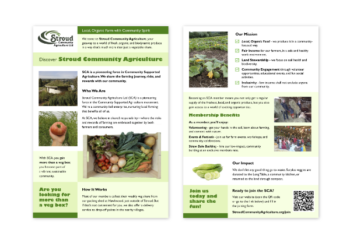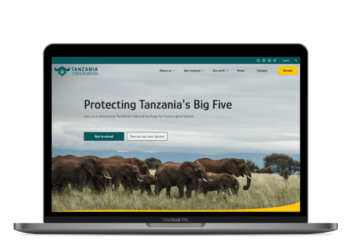Cotswold Archaeology Virtual Museum
Project type: New product design & development while working as an in-house Website co-ordinator at Cotswold Archaeology
Role: Web designer & developer (WordPress), Project lead
Project length: 6 months (Nov 2021-May 2022)
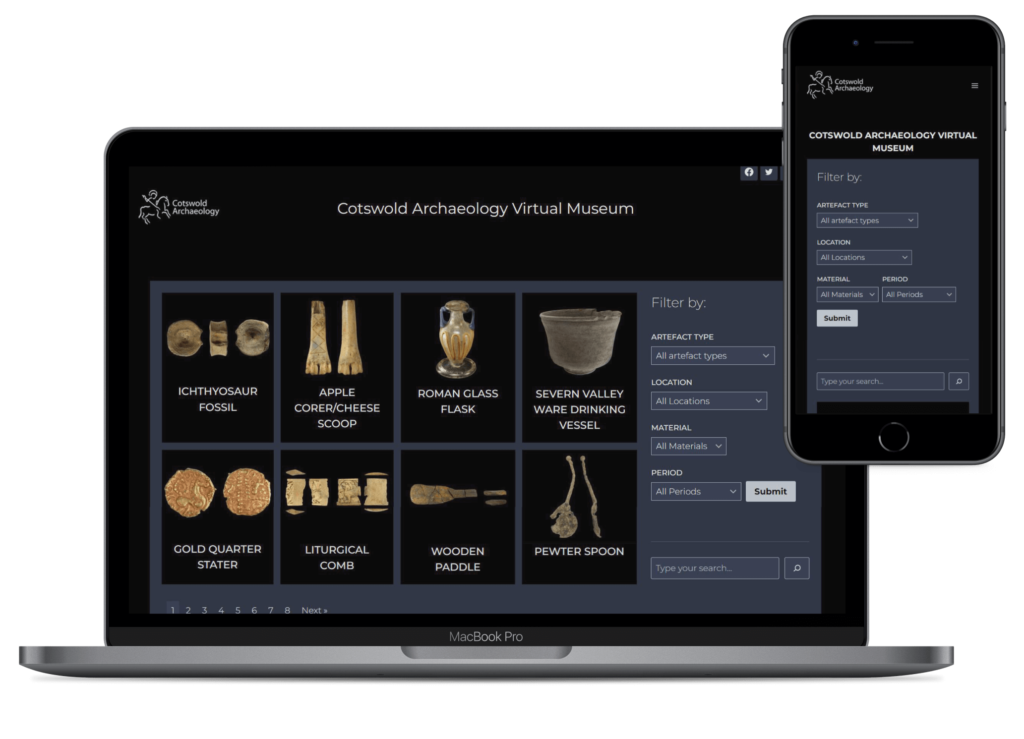
Cotswold Archaeology Virtual Museum has been selected among The Best Arts & Recreation Website Designs by DesignRush
Cotswold Archaeology is a leading supplier of professional archaeology and heritage services in the UK.
In addition to being a limited company, they are also a registered charity that advances public education in archaeology and fosters an appreciation for cultural heritage and the historic environment, both in the United Kingdom and in other parts of the world.
The project’s objective was to create a virtual space to display archaeological artefacts uncovered during excavations.
Challenge
Solution
The interface design is an important aspect of the virtual museum project.
After careful consideration, I decided to go for a dark theme, as most archaeological artefacts look more visually attractive when photographed against a dark background.
For consistency with the main website, I have chosen the well-readable typeface, Lato.
Home page
The home page layout features a grid of eight photo links to the most recent artefacts, and a right sidebar with a drop-down form for filtering the artefacts.
The finds can be sorted by type, location of discovery, material, and archaeological period. In addition, each artefact belongs to a thematic collection, which users can browse.
Artefact pages
A single artefact page has a photograph and, if available, a 3D model, organised into two tabs. A sidebar with metadata and collection information, as well as a short description, is also provided.
An additional box with more information is available to provide users with even more insights into the object.
A carousel of image links to other artefacts and social media sharing buttons are also included on the page.
The Virtual Museum website attracted over 8,000 visits in its first year with a monthly organic traffic growth rate of 20%.
My design process
01 Concept
Cotswold Archaeology Virtual Museum is a platform for interested amateurs of archaeology as well as specialists to find information about archaeological artefacts.
Each artefact will have high-quality photographs and 3D models, allowing viewers to experience the artefact from the comfort of their own homes.
Artefacts can form collections and be grouped by archaeological period, type, or material.
New artefacts will be added weekly as part of the #FridayFind social media campaign.
The new finds will be „donated” to the museum by the CA Finds team, photographed and 3D modelled by the Illustration team, and posted by the Website Co-ordinator.
02 Research and justification of the idea
CA’s social media posts featuring archaeological artefacts are amongst the most popular ones usually having well over 200 likes on Facebook therefore the demand for this kind of content is high. Also the website stories showcasing archaeological finds generate significant website traffic.
There seemed to be a gap within the commercial archaeology niche as none of the competition provided a similar resource.
After some conversations with the colleagues I found out that most of them would find a collection of archaeological artefacts a useful resource for their work, for example writing reports.
03 Realising the constraints and revising the concept
The idea of having all the artefacts available as 3D models had to be revised as some of the artefacts were not suitable for photogrammetry (e.g. due to being too shiny). When a 3D model wasn’t possible photographs of multiple views of the object were used to show as much visual information as possible.
Reflections
Revising Roles and Responsibilities
Three months after the launch:
At the beginning, it seemed realistic that with a team of over 10 finds specialists, it would be easy to produce new content. However, reality proved otherwise. The initially enthusiastic team gradually became engaged in their daily routines, and despite multiple reminders, the submission of new artefacts ceased. Moreover, people often forgot to provide me with the necessary information, and I had to send follow-up emails to obtain all that was required.
Overall, we felt that it took too much time to put all the information together, and it was clear that a streamlined process was necessary to make it easier for the team to add new artefacts. To address this issue, I created an artefact form that made it easy to fill in and submit.
Ten months after the launch:
The artefact form helped to some extent with the lack of content problem, but only two people contributed regularly. These were flint and bone artefacts specialists, which meant that the collection of finds lacked other types of artefacts.
At the same time, I decided to leave the company, providing a perfect opportunity to revise the submission process and determine new roles and responsibilities. We appointed a designated finds specialist who would gather the data and collate the descriptions of the artefacts. A person from the Illustration team would handle taking and processing photographs as well as creating 3D models.
Possible future directions
When designing the Virtual Museum, I aimed to create an MVP (minimum viable product) with the potential to evolve into a versatile resource. One idea for future development is to have site-specific exhibitions that provide more context to the discovered artefacts. These exhibitions could have limited opening times to induce a sense of urgency and attract more visitors.

